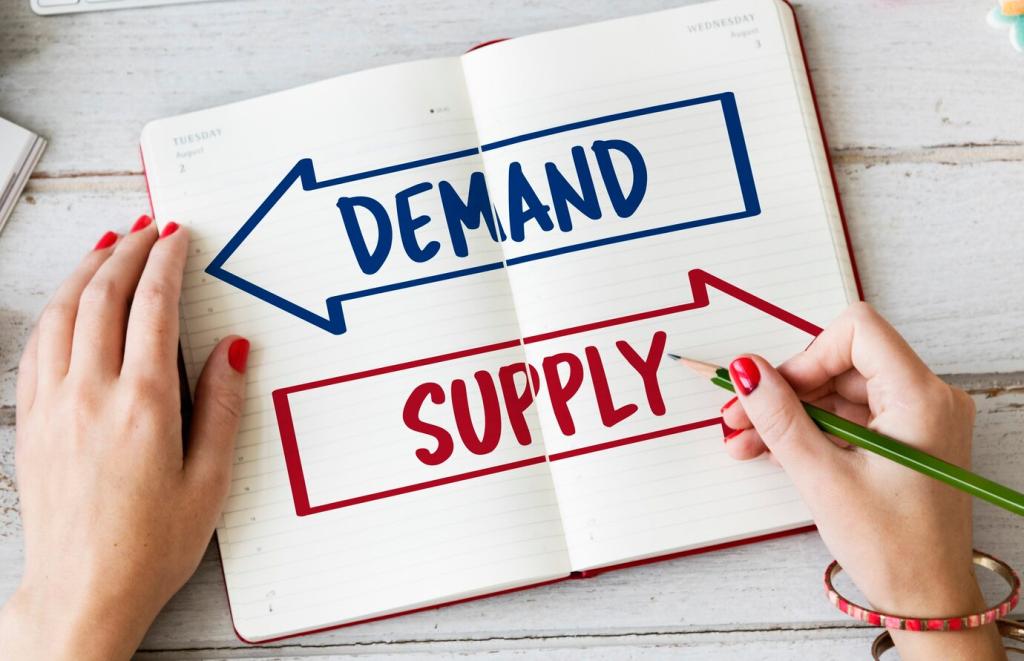Data, Forecasting, and Everyday KPIs
Track on-time in-full, picking accuracy, dock-to-stock time, and order cycle time. Keep definitions tight and visible so everyone reads numbers the same way. Review trends weekly, not yearly, and celebrate improvements. When people see progress, they keep refining small steps that compound.
Data, Forecasting, and Everyday KPIs
Begin with a rolling average and seasonality notes. Add lead-time variability and a simple buffer for top sellers. Update safety stock monthly and re-slot items as velocity changes. Forecasts do not need to be perfect; they only need to be better than guessing during supplier crunches.







